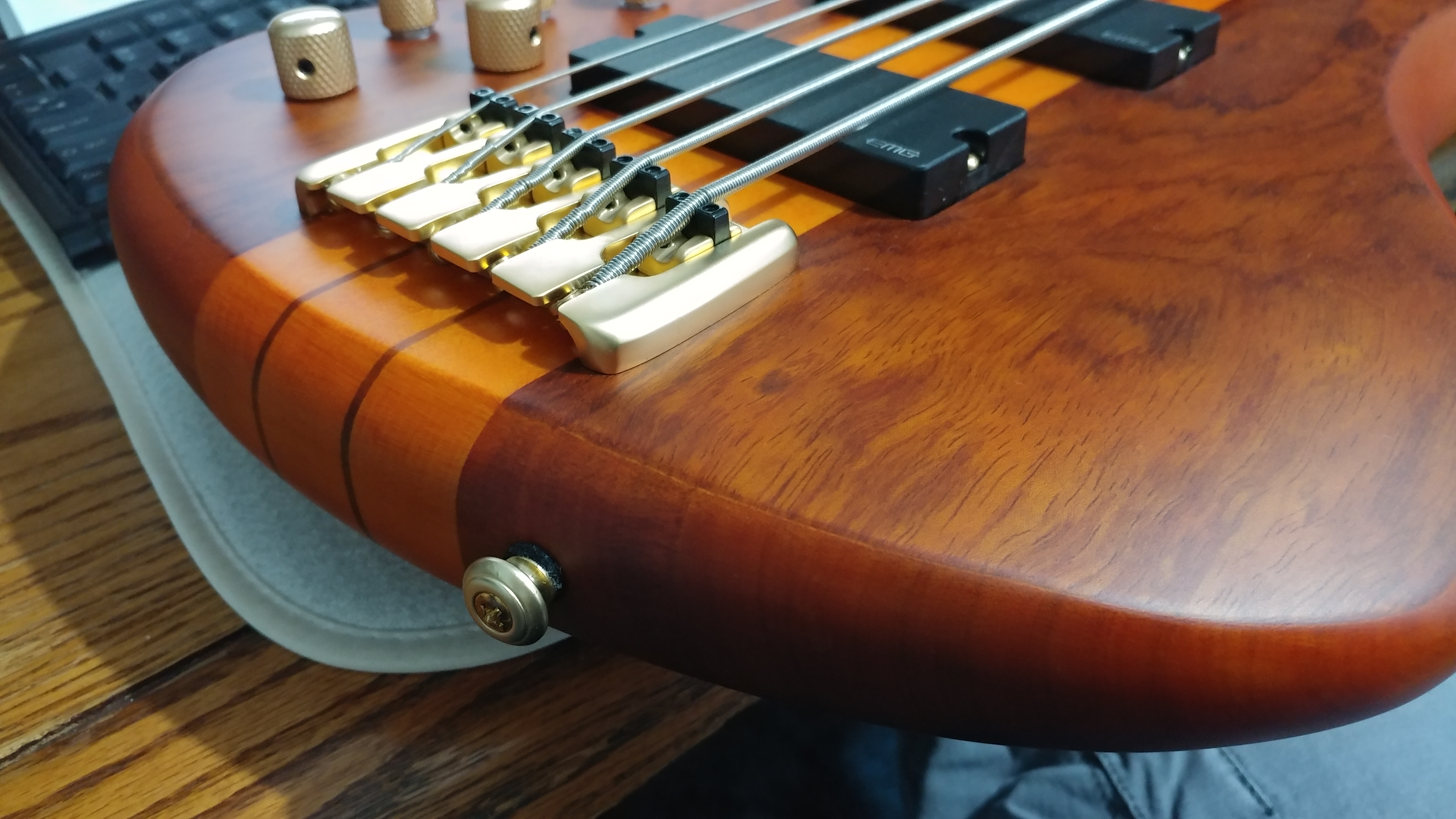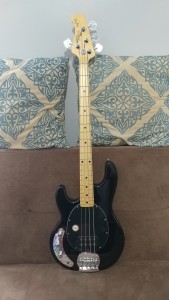School of Rock just opened a new location in White Plains, about 20 mins north of us. Its a franchise that claims to be “a music school for all skill levels, ages, and musical aspirations. With students ranging from toddlers to adults, School of Rock is where music students grow into real musicians.” Facebook has been running ads for it for the past few weeks, which put it on my radar. Today was the grand opening, so I packed up Bopps & the wife, left the baby with my parents and we took a trip to satisfy our curiosity. We were impressed with their setup, and by the end of it had signed Bopps up for weekly guitar lessons.
The school basically caters to small groups of people, usually no larger than 6-7 people, in a similar age bracket. For Bopps, that age range is 6-7 years old. They’re able to experiment with guitars, basses, keyboards, drums and vocals to see what they like, and then they can take lessons focused on a given instrument. As per the grand opening, potential students were given a free 30-min lesson, so we left Bopps with a guitar instructor and toured the facility.










